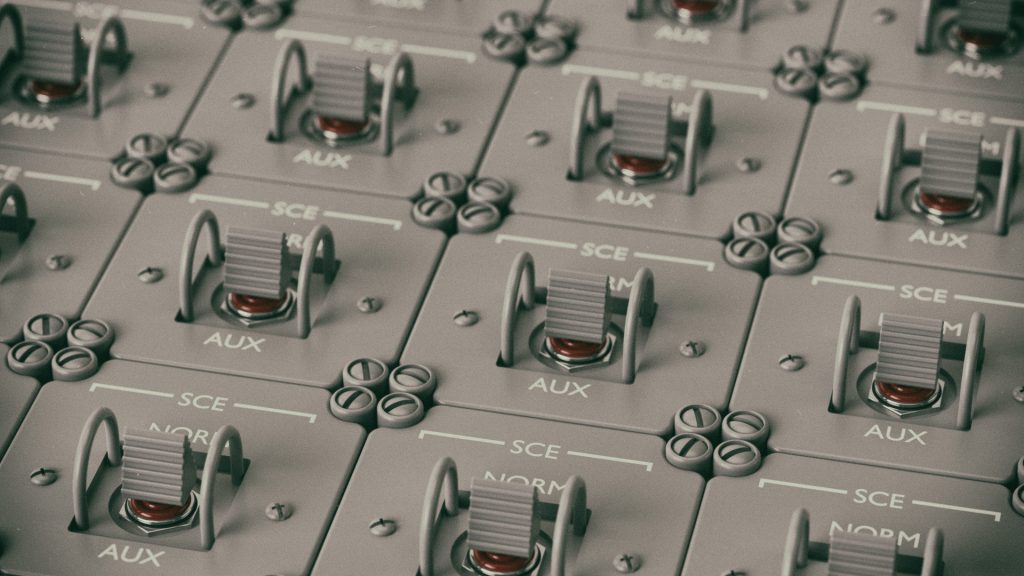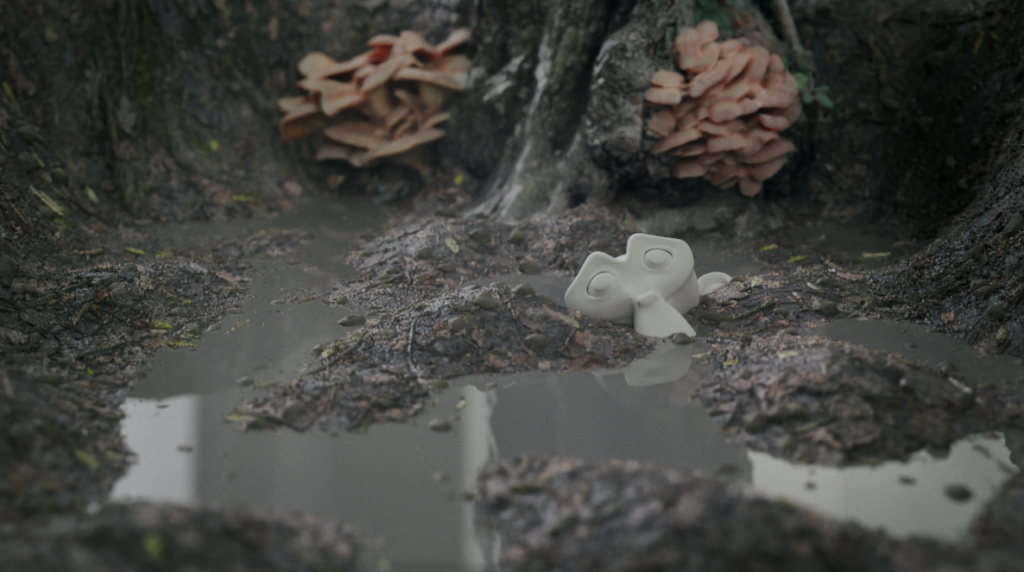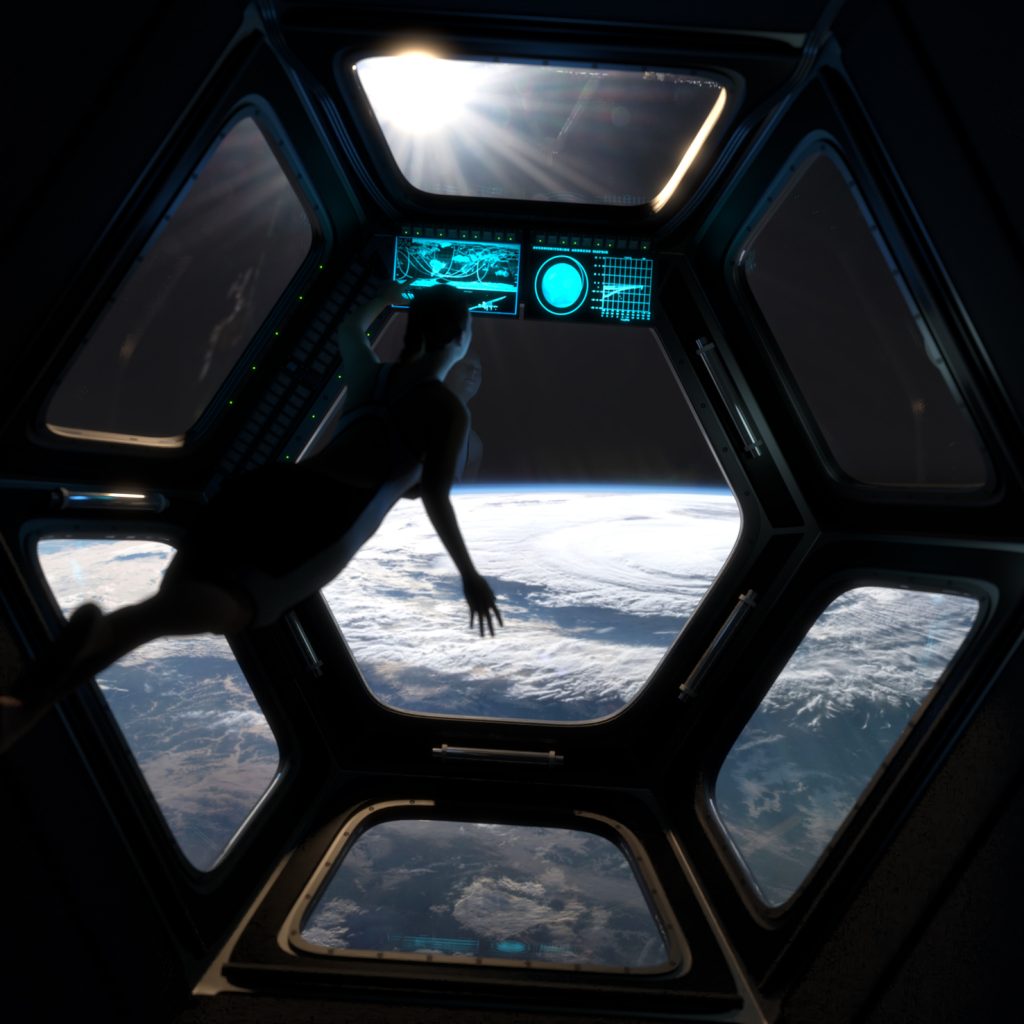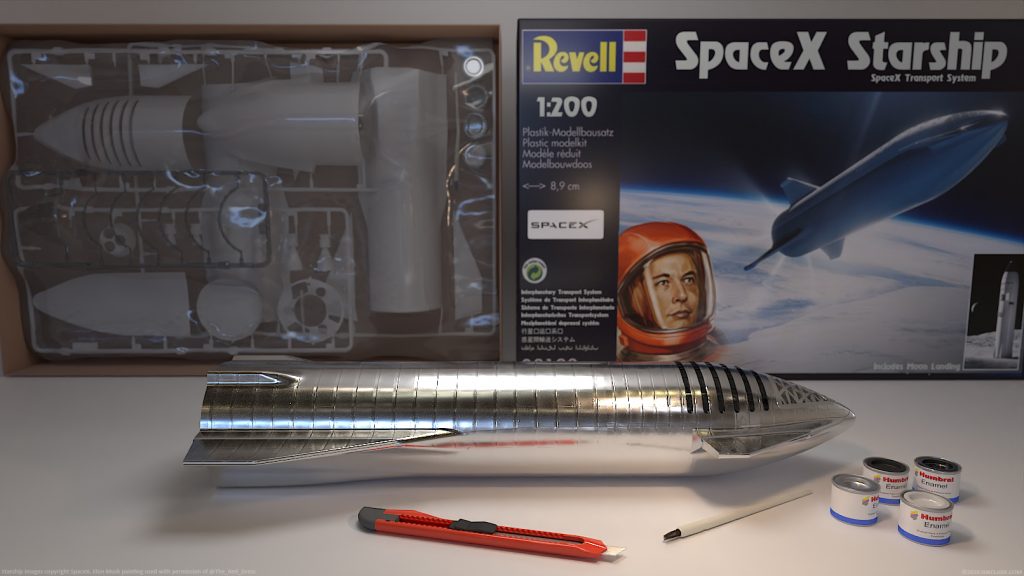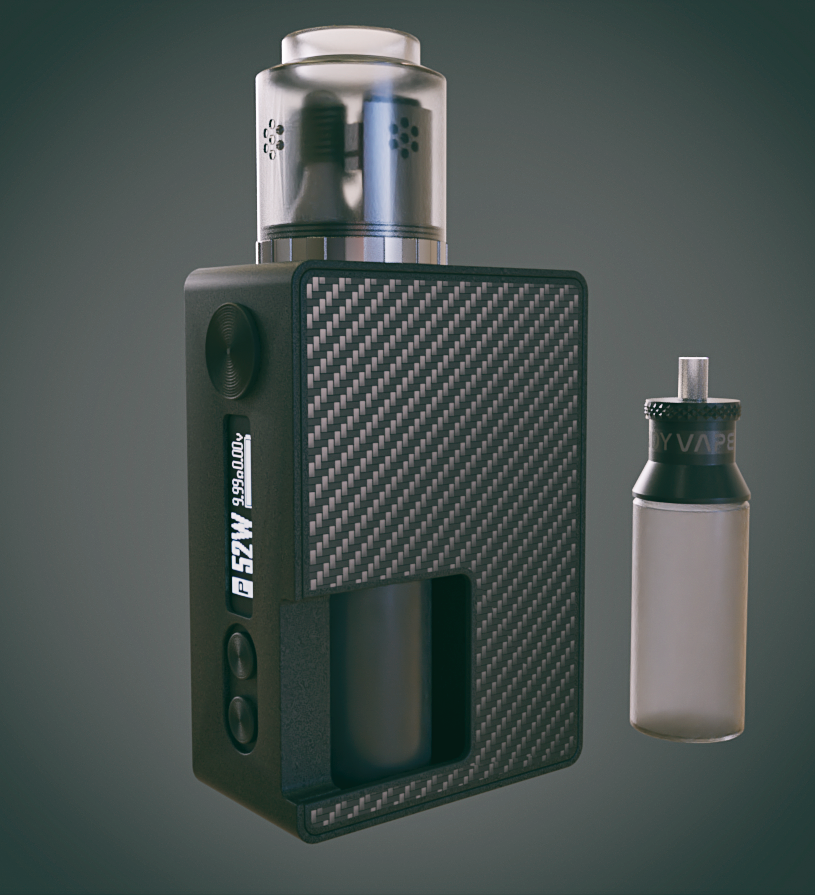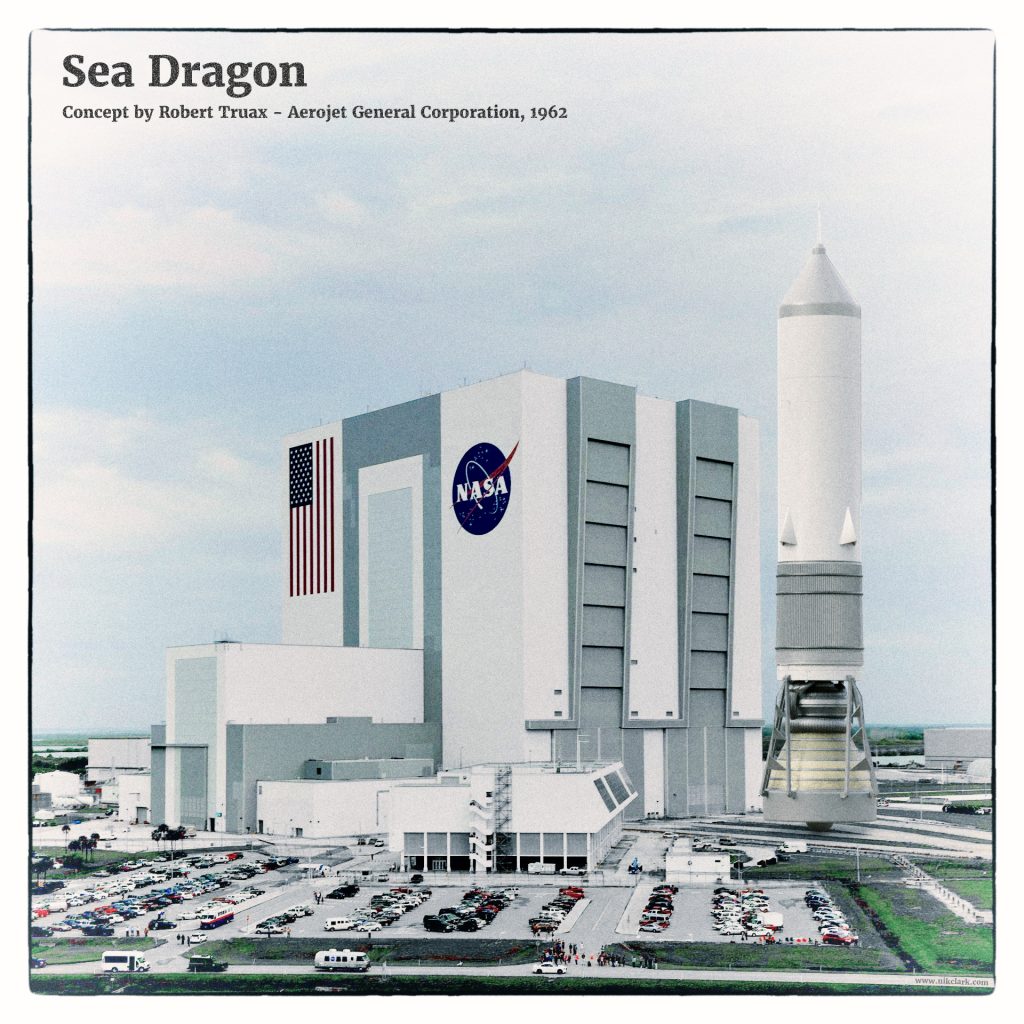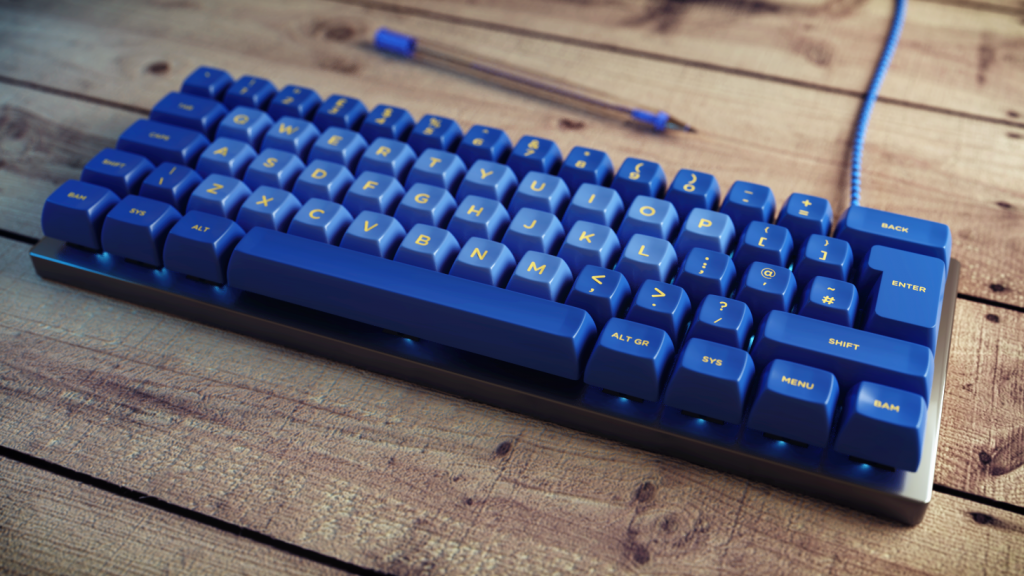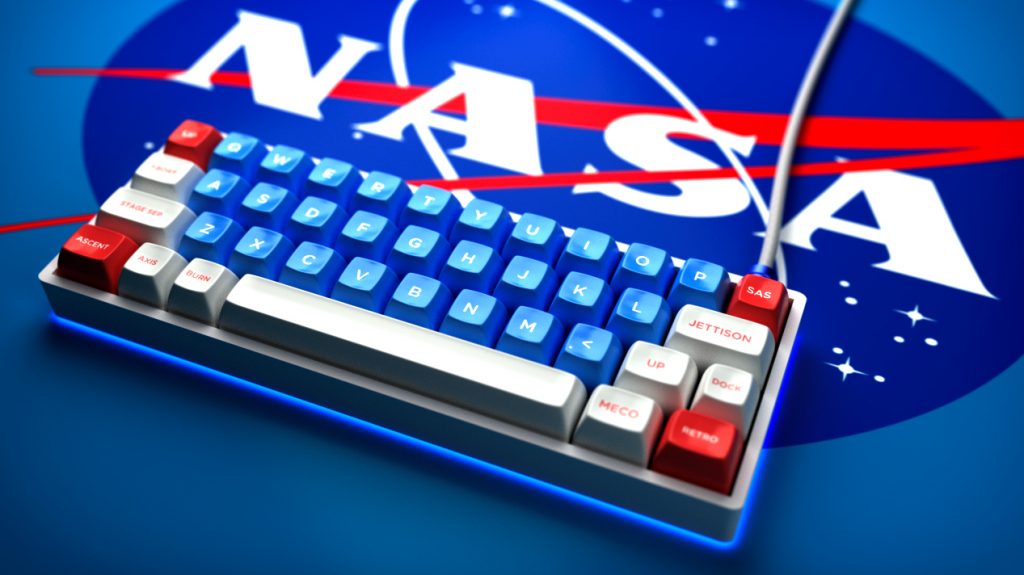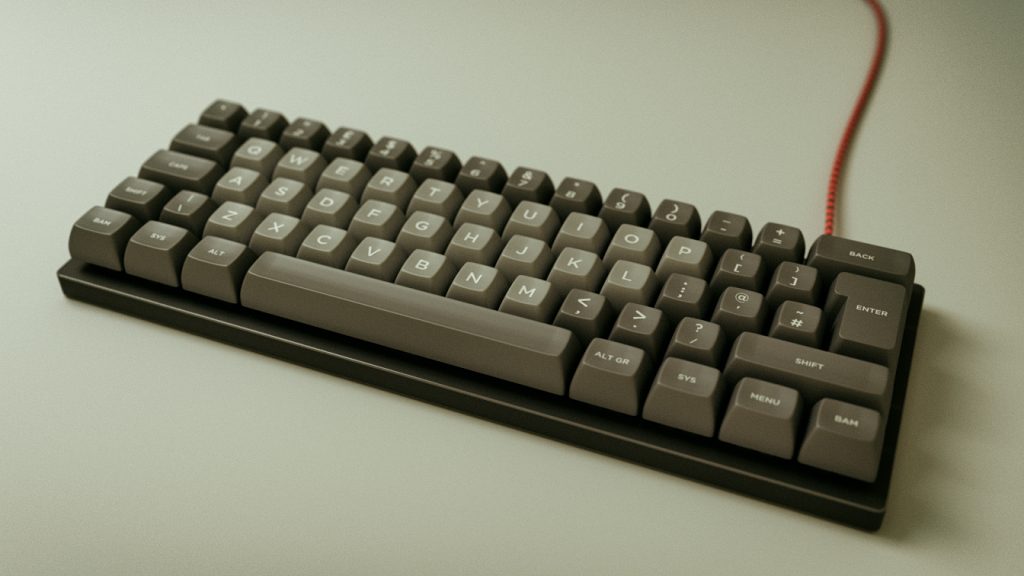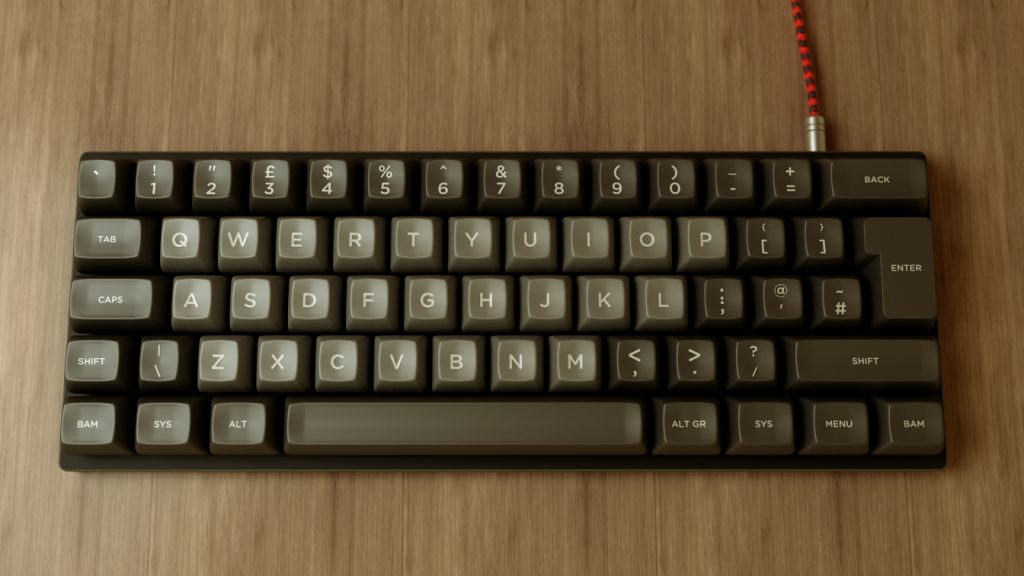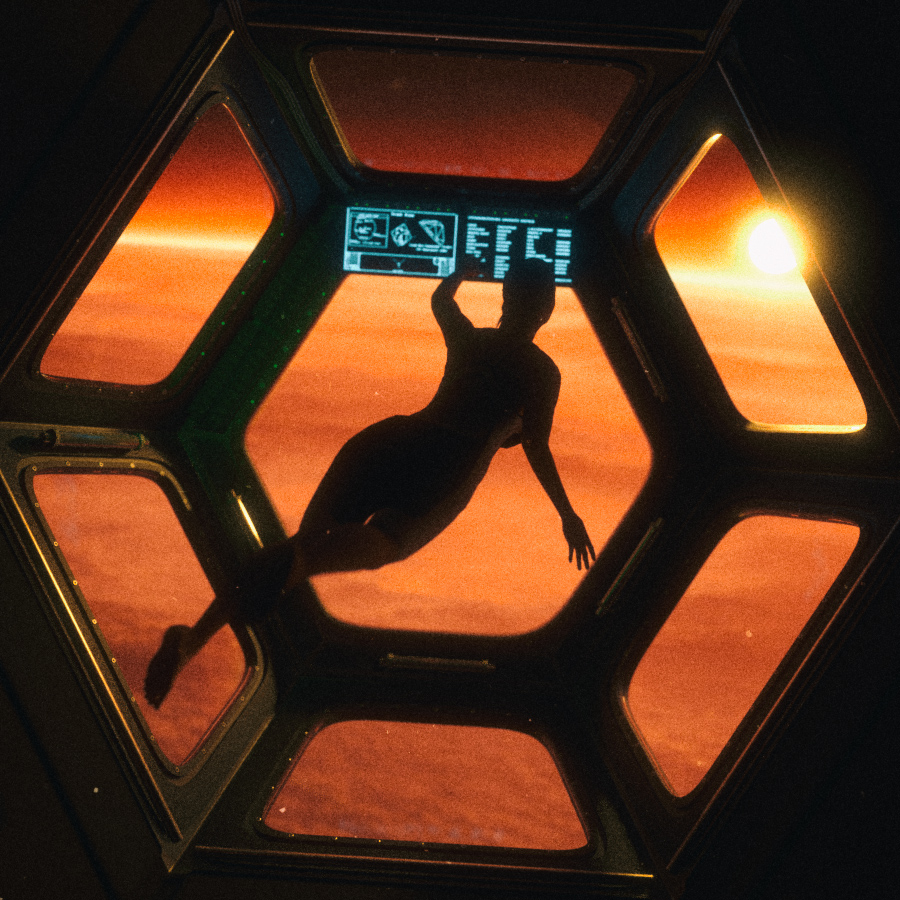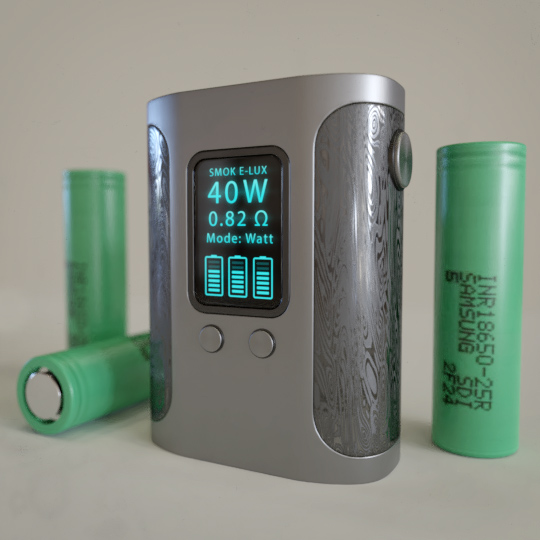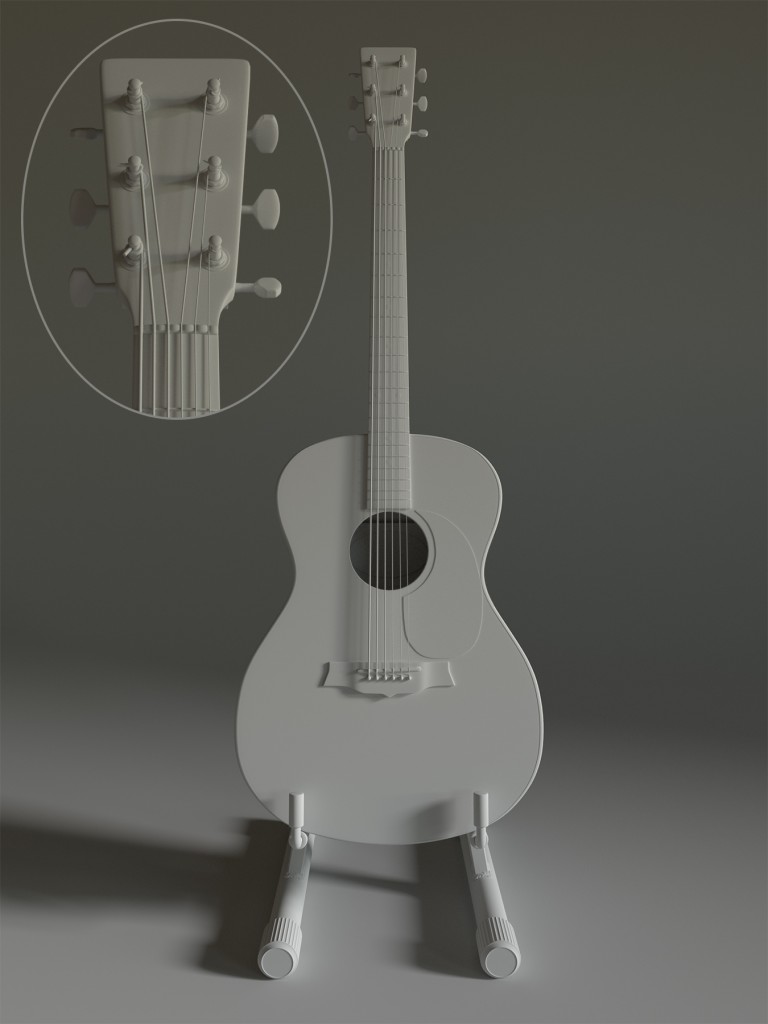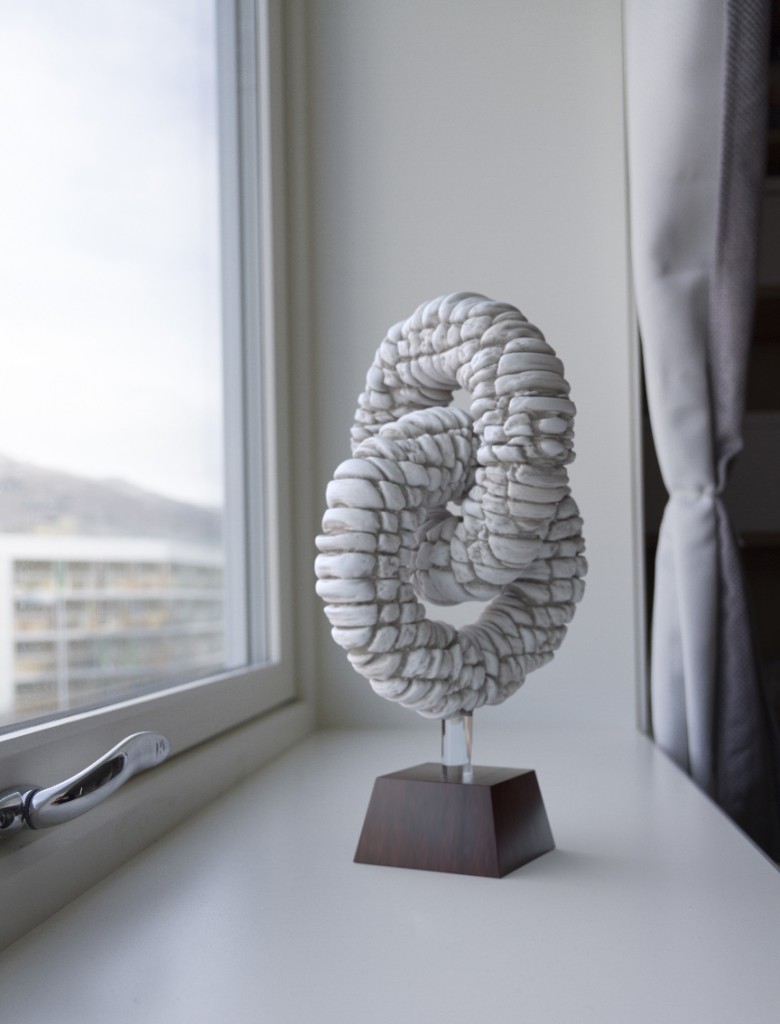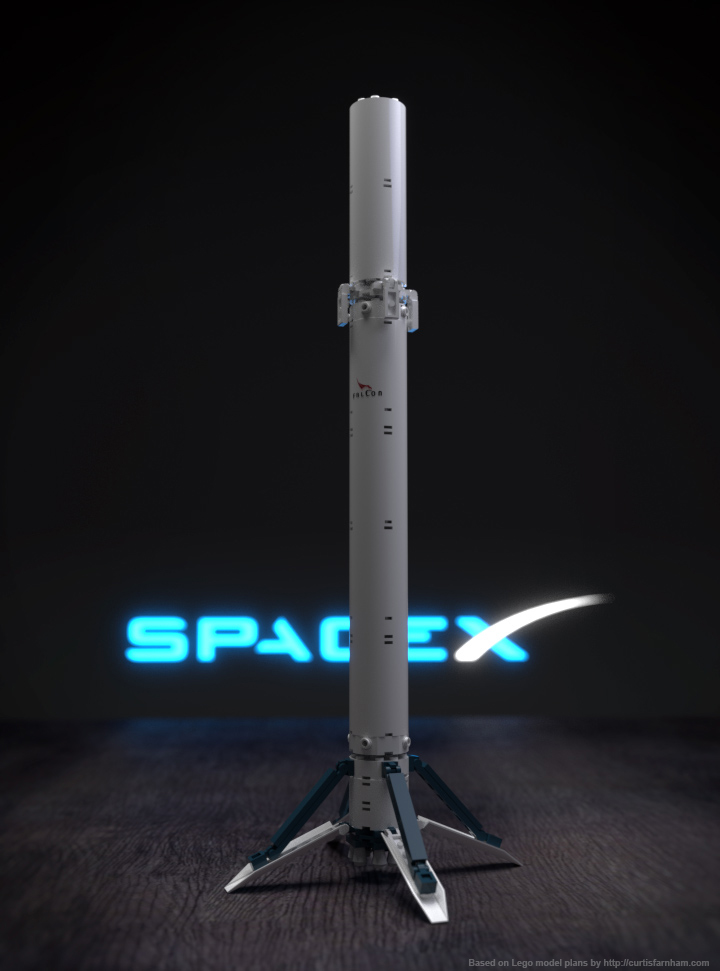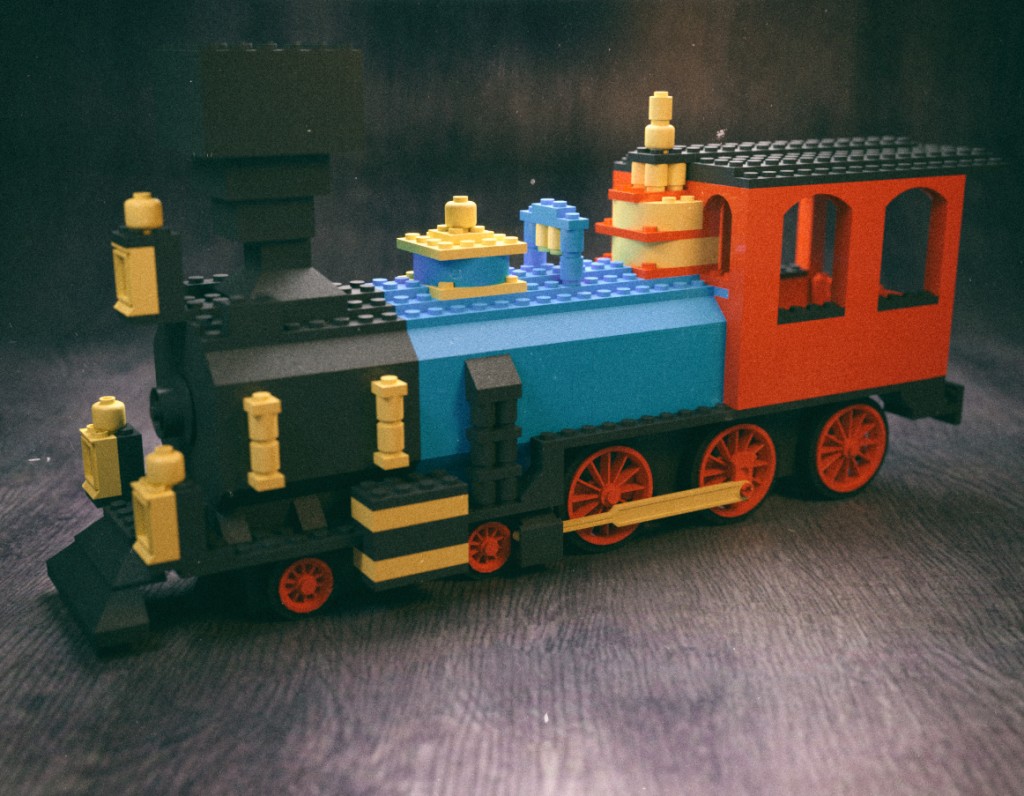Switch SCE to AUX – Apollo 12 averted disaster
Apollo 12 was struck by lightning during the launch. All power was lost, the computers all crashed and things looked bad. An engineer remembered the signal conditioning electronics (SCE) auxiliary switch. The switch was flicked. The computers rebooted and the main power cells came back on line. The mission went on to be a success.
More here: https://www.vice.com/en/article/xyw4kz/john-aaron-apollo-12-curiosity-luck-and-sce-to-aux
I’m going to 3D print it and do something with it. Not sure what yet. I’ve just always loved this story.
